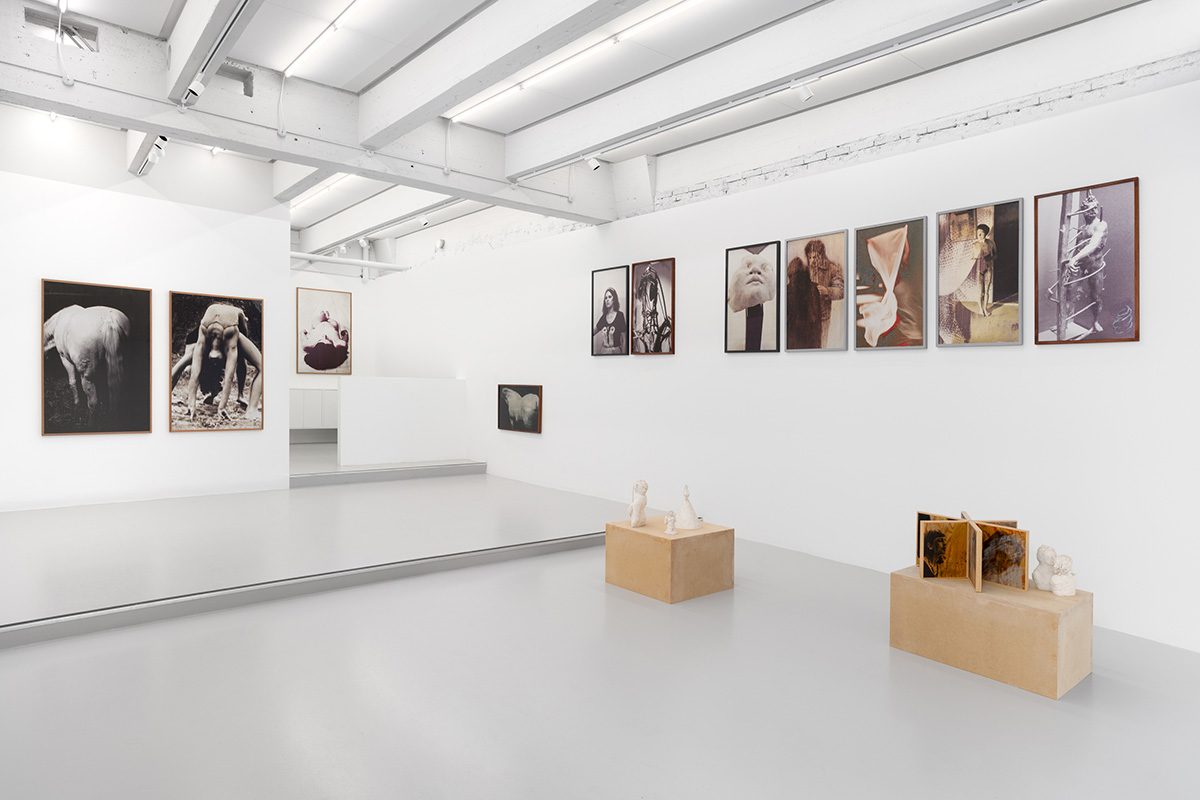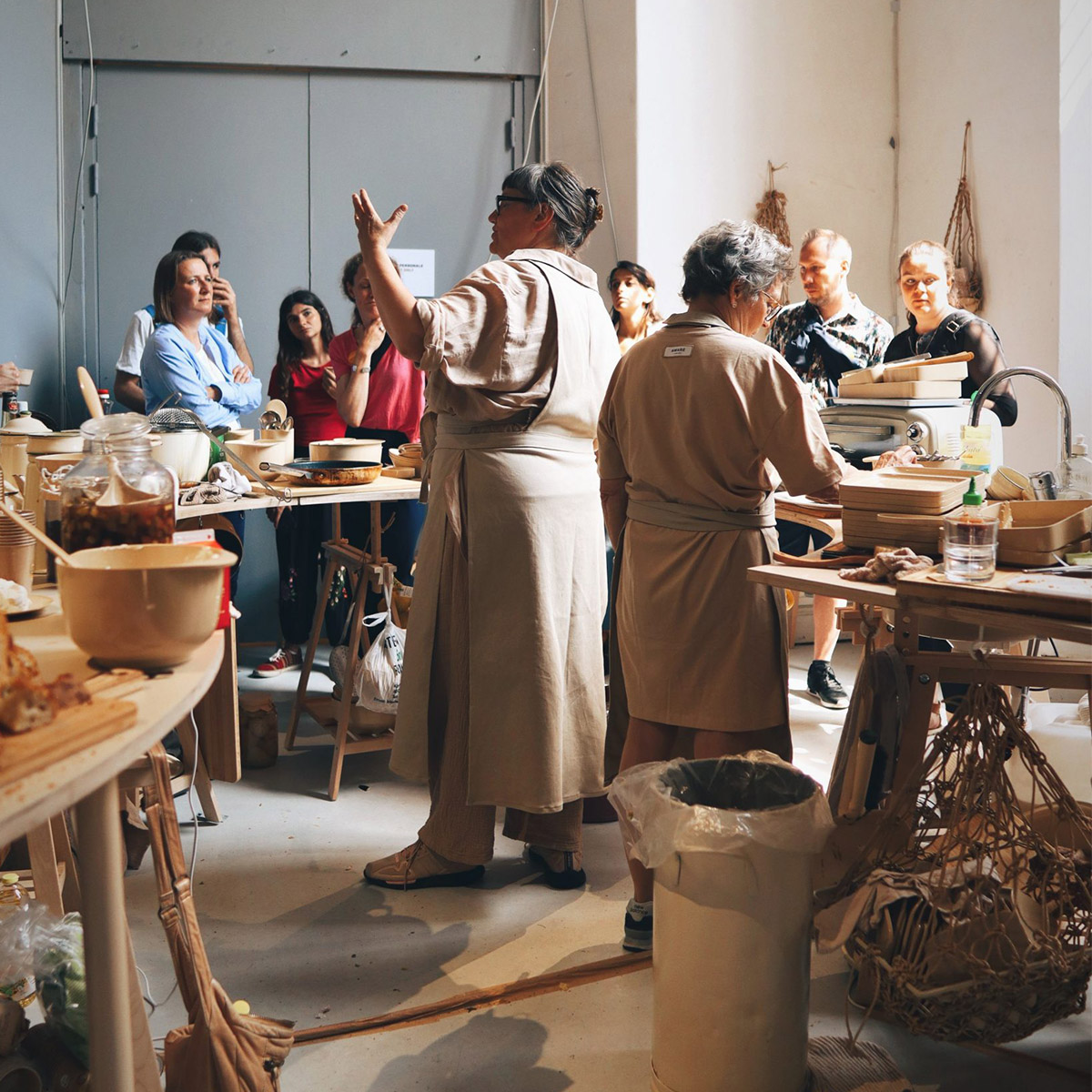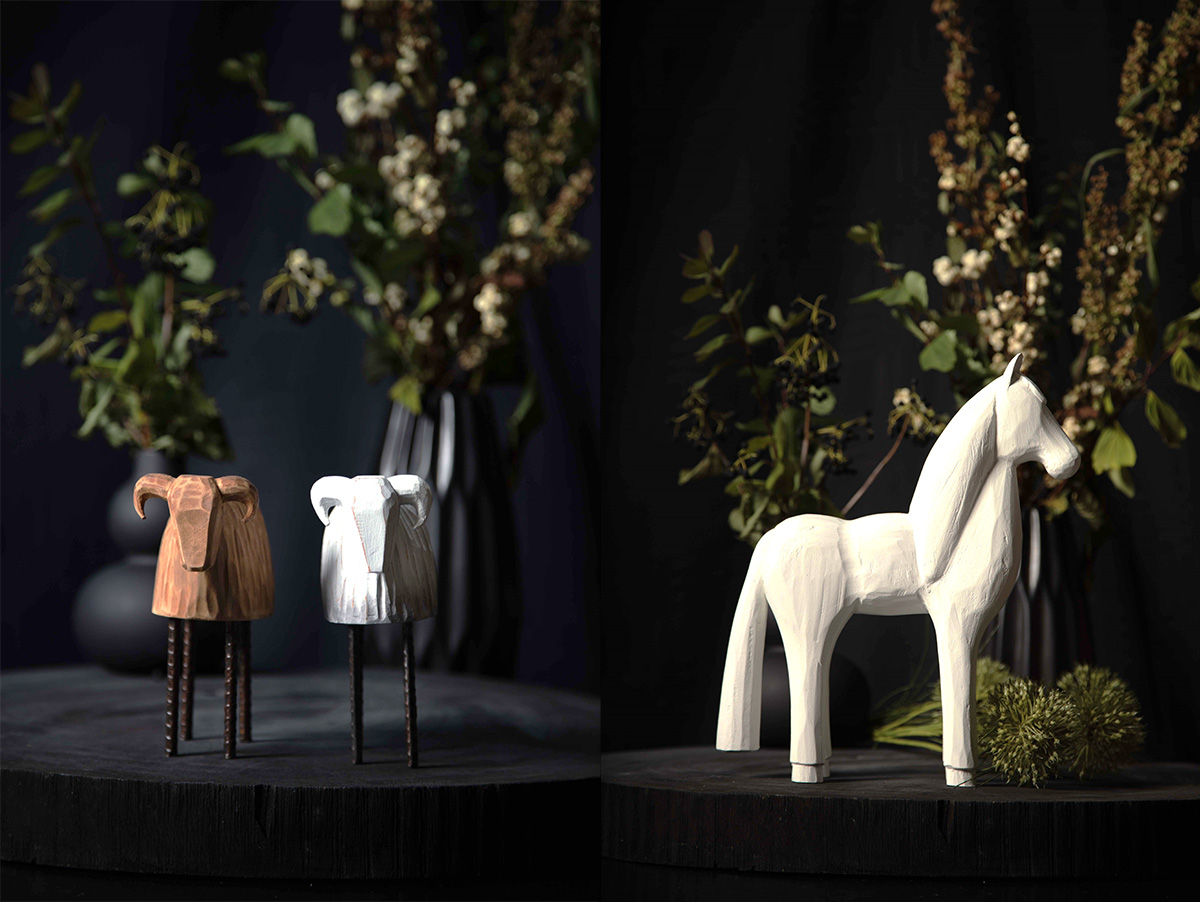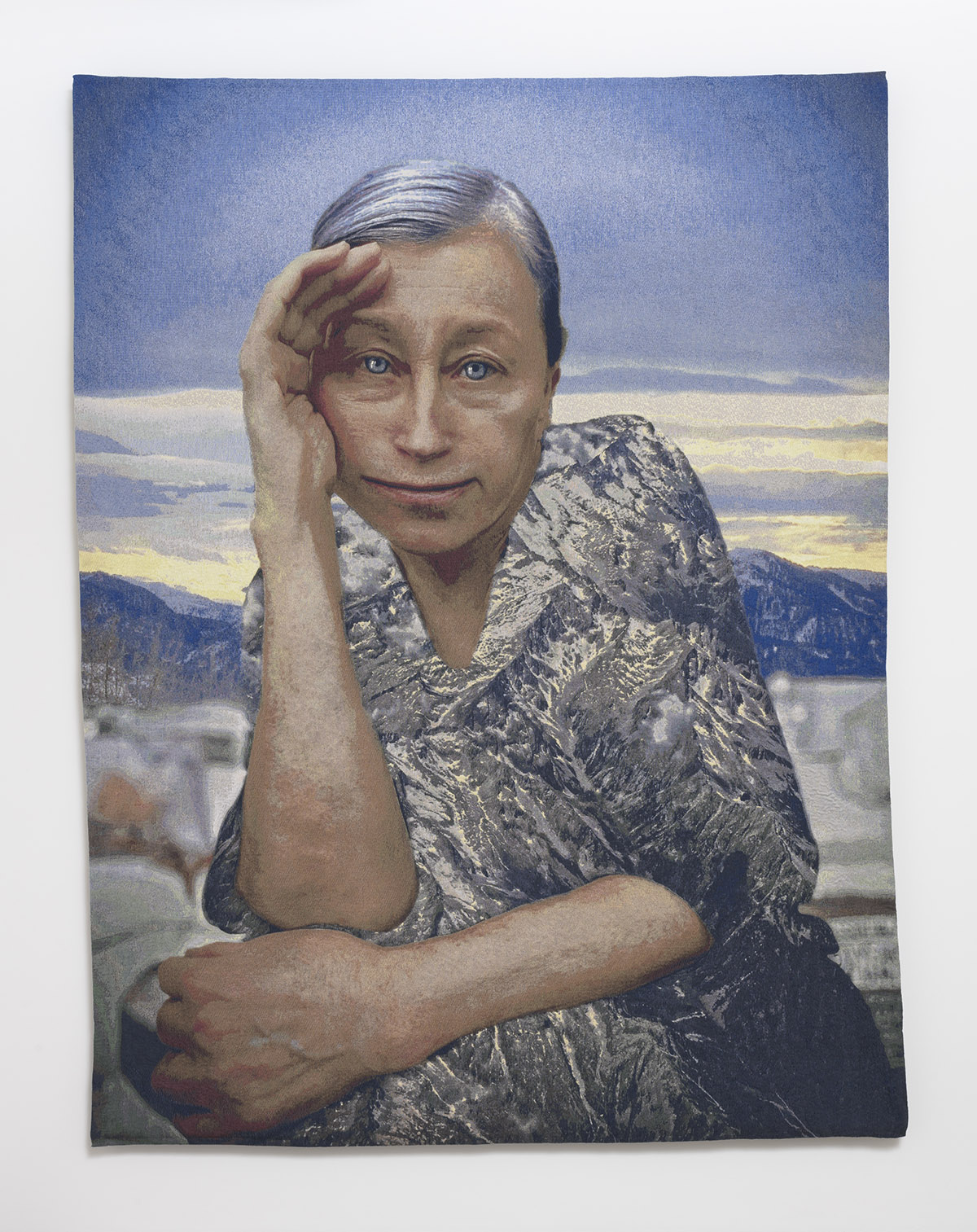BERG Contemporary: Cross-pollination in Iceland’s contemporary art scene
By Lena Hunter
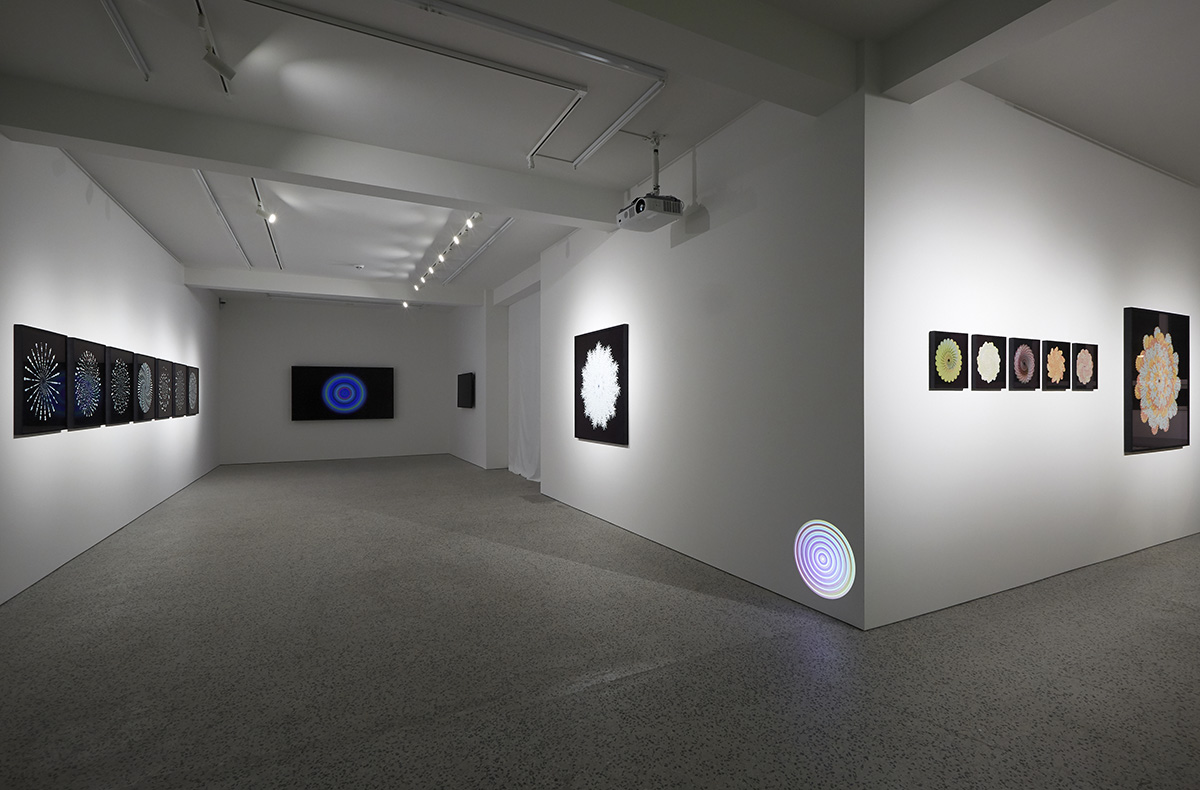
Dodda Maggý, installation view.
Though the population of Reykjavik is just 250,000, its art scene is unusually vibrant. In the past 20 years, open studios, schools, academies and galleries have blossomed in the Icelandic capital. One such gallery, BERG Contemporary, has a particular feel for the pulse of the city. Showcasing new departures in Icelandic art alongside major global artists, BERG is a vivid platform for exchange, and a vital mouthpiece for Iceland in the international conversation.
“The art scene in Reykjavik is very strong,” says Ingibjörg Jónsdóttir. “Here in the centre, there’s a high density of galleries and artist-run spaces. It’s an exciting dynamic.” Jónsdóttir – herself an artist trained in Iceland, Denmark and Mexico – is the founder of BERG Contemporary, one of Reykjavik’s most innovative exhibition spaces.
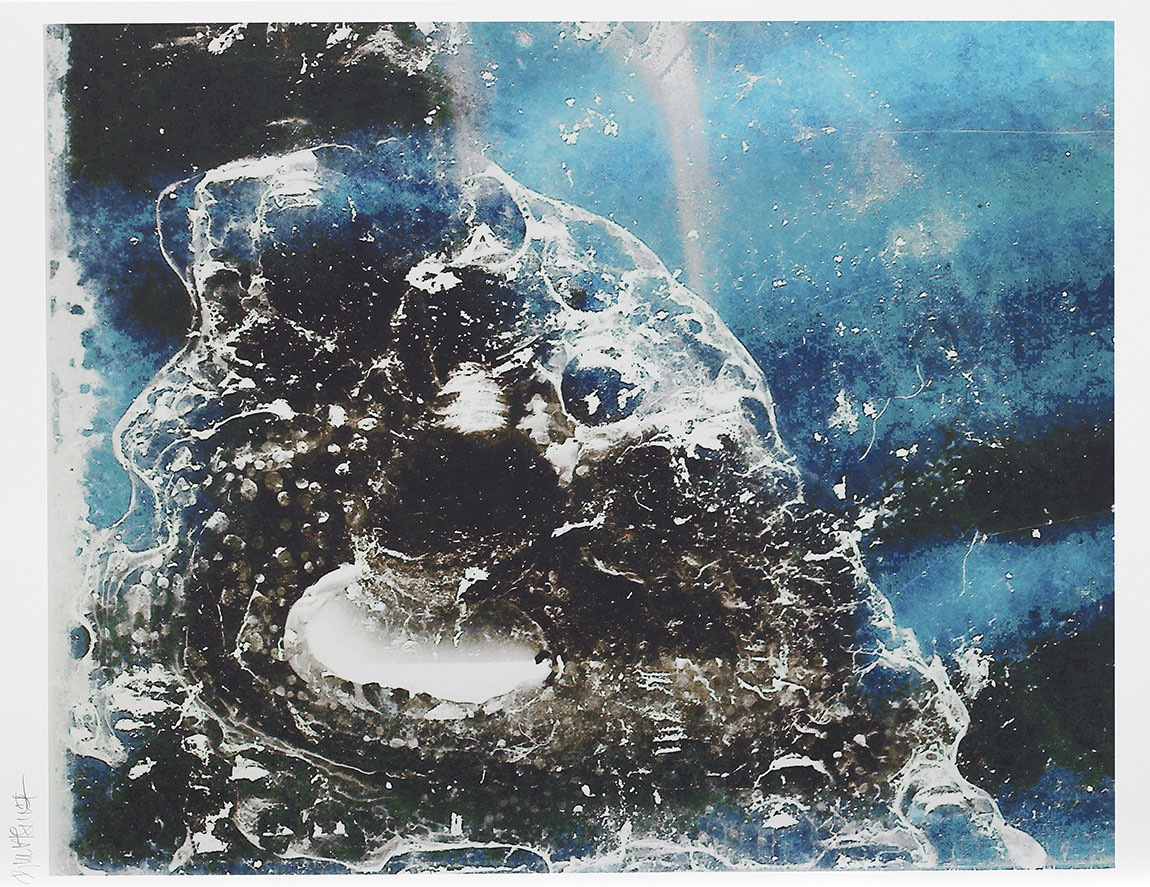
Woody Vasulka. Glass – Lucifer’s Commission, Iris Print Series 1977-2003 Iris Print, 86.50h x 118w cm
The 800-square-metre gallery resides in an old glass factory in the centre of the city, where it fills its halls with a diverse roster: emerging and established artists, young and old, from all over the world. “A little over half of my artists are Icelandic and the rest are from Japan, the USA, Poland, Holland and beyond,” says Jónsdóttir.
Internationalism is woven into the fabric of Iceland’s art history. “Many Icelandic artists study abroad. We are so few on a small island, that we tend to go abroad and bring influences back. For that reason, our contemporary art scene has always been in dialogue with others in Europe and the United States – especially as Iceland’s first art academy was only established in 1998,” she explains.
“We also have two guest apartments at the gallery, where we invite researchers, artists, curators and the like to stay. It’s part of our aim to facilitate discourse around the works we show, on an international level.” Through this approach, where Icelandic and global perspectives are drawn together, and introspective and outward-looking angles are juxtaposed, BERG captures the essence of the small island’s artistic heritage.
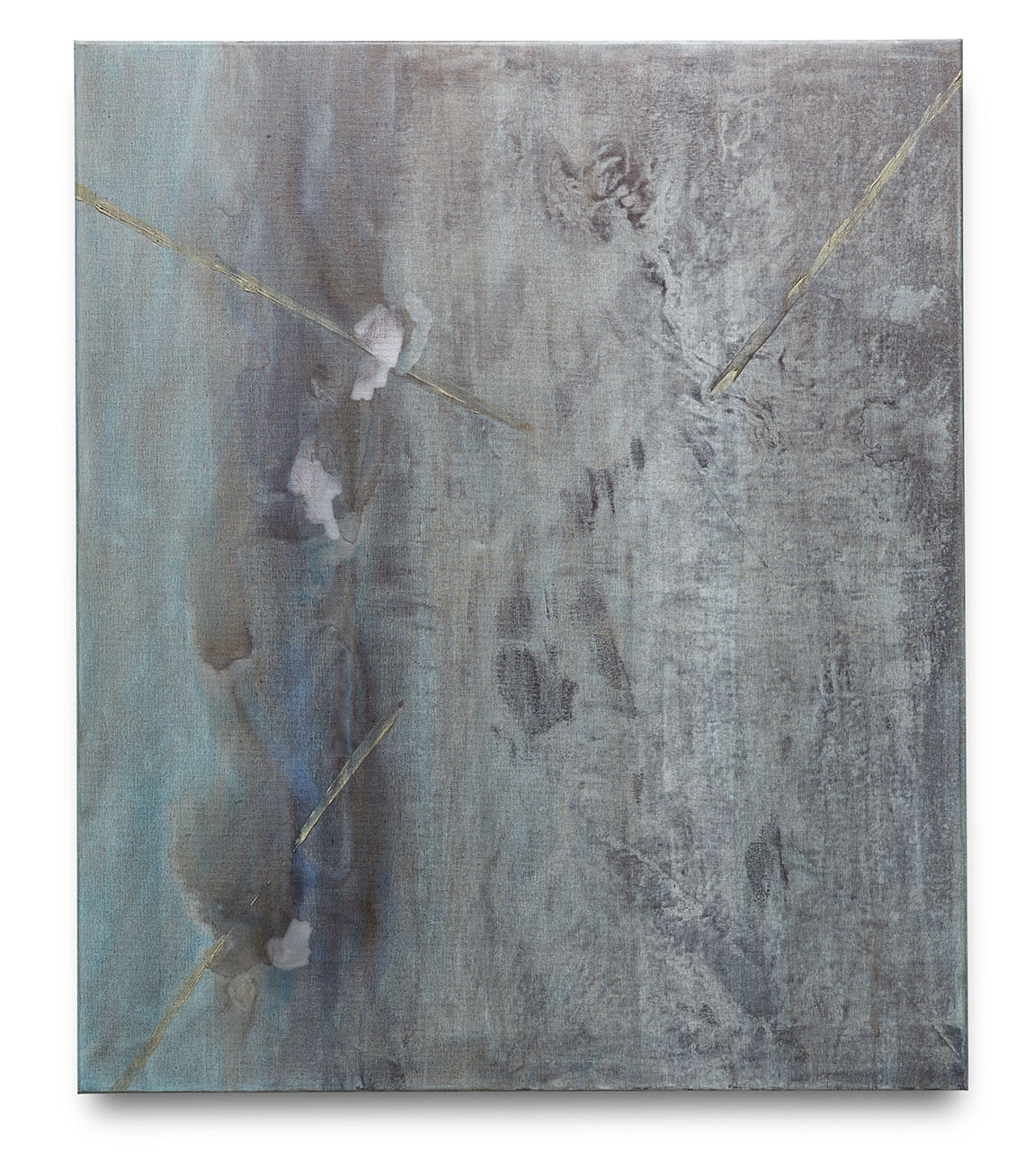
Hulda Stefánsdóttir, After Effect, 2021 Acrylic on canvas, 130h x 110w cm
Icelandic voices, emerging and established
On 14 October, a new exhibition by Icelandic Þórdís Erla Zoëga will open – her debut at BERG. Exploring intimacy and connection, Zoëga’s work contrasts colourful and highly physical mediums with complex layering and abstract geometric forms that gesture toward the intangible realm of human perception. Take her 2020 solo exhibition Hyper Cyber: a study of our everyday digital interfaces – phones and computer screens – in which a series of neon and backlit wall hangings mimic the symbols, imagery and shapes of familiar digital objects, stripped of functionality.
Meanwhile, BERG’s newly built exhibition hall, optimised for video art and large-scale installations will host its much-anticipated first show, fresh from its spell at this year’s 59th Venice Biennale, on 22 October. Sigurður Guðjónsson’s PERPETUAL MOTION is a mesmerising six-metre-tall multi-sensory sculpture, comprising two long, thin screens – one reaching upwards, totem-like, the other on the floor, stretching out from its base. A deep, machine rumbling sound accompanies unearthly video footage of metallic dust clinging in bristling, mosslike formations to a slowly rotating magnet. “The scale is arresting. The new hall’s high ceilings are ideally suited to a work of this stature. It’s a beautiful installation,” says Jónsdóttir.
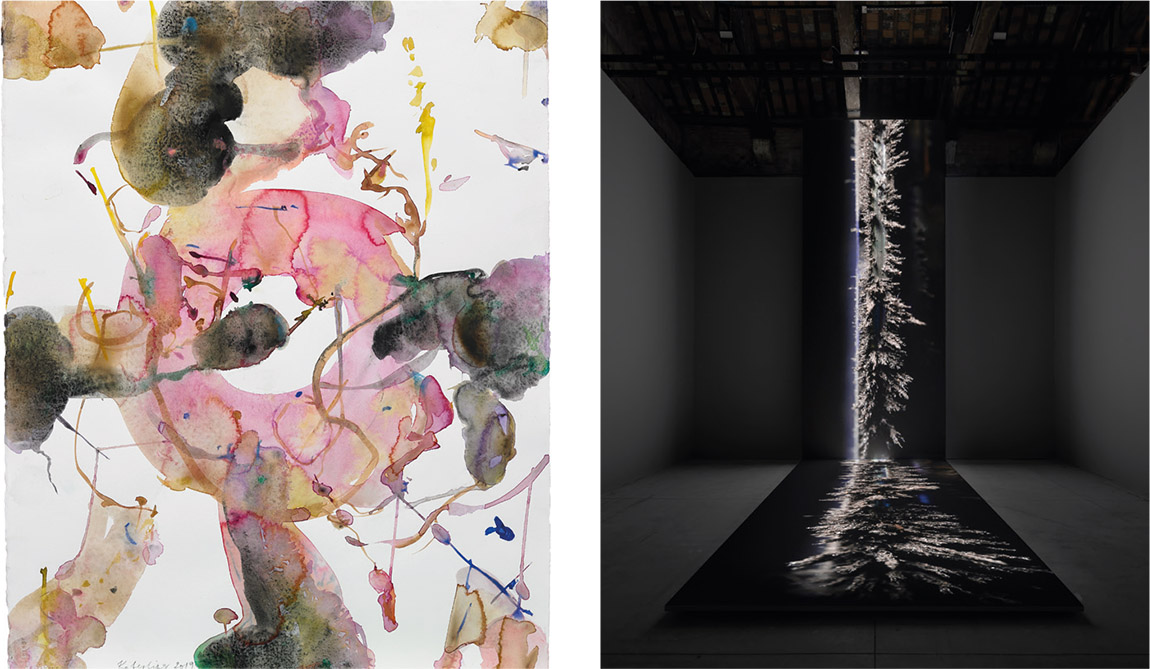
Left: Bernd Koberling, Untitled, 2019 Watercolor on paper, 66h x 52w cm. Right: Sigurður Guðjónsson’s PERPETUAL MOTION. Photo: Ugo Carmeni
World-renowned video art
In fact, BERG is especially renowned for its video exhibitions. Not least because it’s the first and only gallery to represent the Czechoslovakian artist Woody Vasulka and his partner, Icelandic artist Steina Vasulka, who count among the early pioneers of the medium. During their highly experimental artistic career, the Vasulkas explored the inherent laws of the electronic image and its potential extension via analogue and digital tools. “In 1973, Woody was a professor at the first video department in the world, at the State University of New York in Buffalo. He and Steina are considered two of the most important artists in that field,” says Jónsdóttir.
In spring 2023, BERG will exhibit Woody Vasulka’s seminal installation The Brotherhood: A Series of Six Interactive Media Constructions. It will be the first time the work is reassembled in its entirety since it was commissioned in Tokyo in 1998. “This is a very important piece from an art-historical perspective. It has been exhibited in fragments in the years since, but never as a whole. For the last few years, we have been rebuilding the whole installation and it’ll be quite an event when it opens. I know many in the art world will be thrilled to see it,” says Jónsdóttir.
The expansion of the gallery will also pave the way for a permanent collection of Woody and Steina Vasulka’s work. It’s likely to become a touchstone for video artists and historians in Europe – an homage to the family-tree of the medium, just as BERG’s broader exhibitions are an homage to the continuous evolution of contemporary art in Iceland.
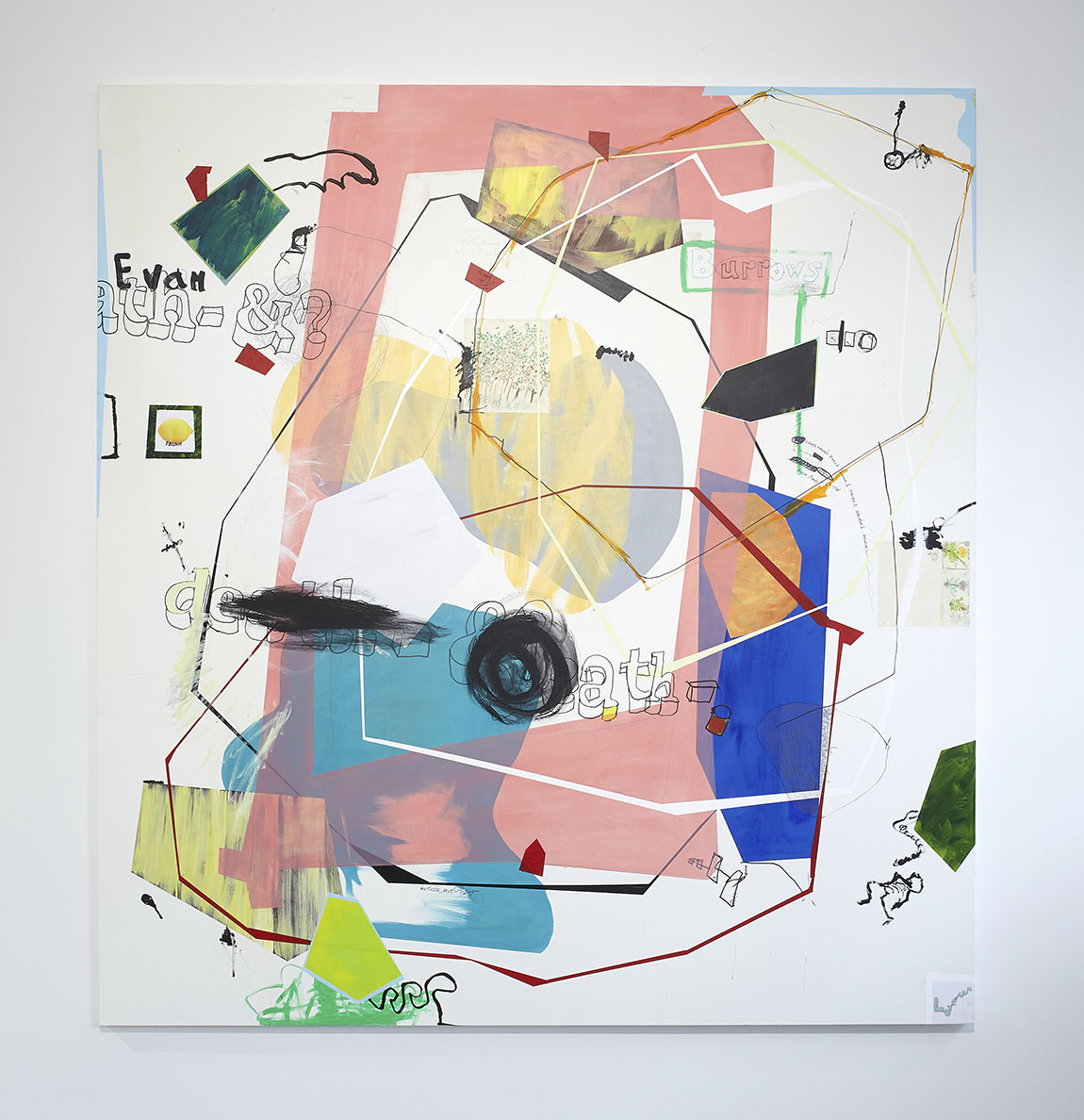
Páll Haukur, Untitled (evan burrows), 2019 Acrylic and mixed media on canvas, 214h x 200w cm
Web: www.bergcontemporary.is Instagram: @bergcontemporary Facebook: bergcontemporary
Subscribe to Our Newsletter
Receive our monthly newsletter by email

